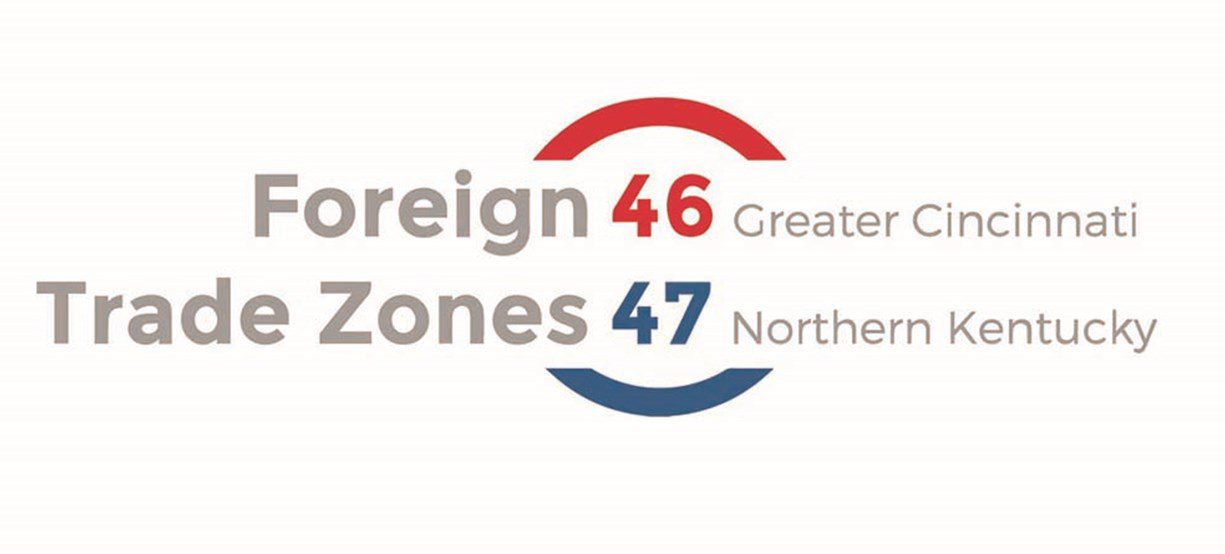What is a Foreign Trade Zone?

Foreign Trade Zones make manufacturing and shipping goods faster and simpler. But how they do that may be a mystery. Here’s a quick reference guide to how a Foreign Trade Zone (FTZ) works.
The basics
FTZs are areas considered outside the U.S. Customs and Border Protection territory. Usually these areas are located along ports of entry.
Both foreign and domestic merchandise can come into these zones for storage, assembly, manufacturing and processing. When an imported product is in an FTZ, it is not subject to U.S. duty or excise tax. Additionally, these products are also generally exempt from some state and local taxes. Similarly, a product can be exported from an FTZ without duty fees or excise tax.
What does this mean for Greater Cincinnati?
Unique to our region, Greater Cincinnati is home to two active FTZs – Nos. 46 and 47. They were established in 1978 to promote international trade and make it easier for businesses in Ohio and Kentucky to grow.
Ohio FTZ (46) is made up of Brown, Butler, Clermont Hamilton and Warren counties. This zone has an annual volume of about $11.4 billion and experts $1.6 billion. In Kentucky, the FTZ (47) is comprised of Boone, Kenton and Campbell counties. This zone has an annual volume of $10.2 billion and exports $1.4 billion. Combined, more than 19,900 people work in these two zones. The FTZs currently support companies selling machinery and equipment, oil and petroleum, textiles and footwear, vehicle parts, and consumer products.
Looking for more information about the region’s Foreign Trade Zones, including how your business can take advantage? Visit the Greater Cincinnati Foreign Trade Zone website.
